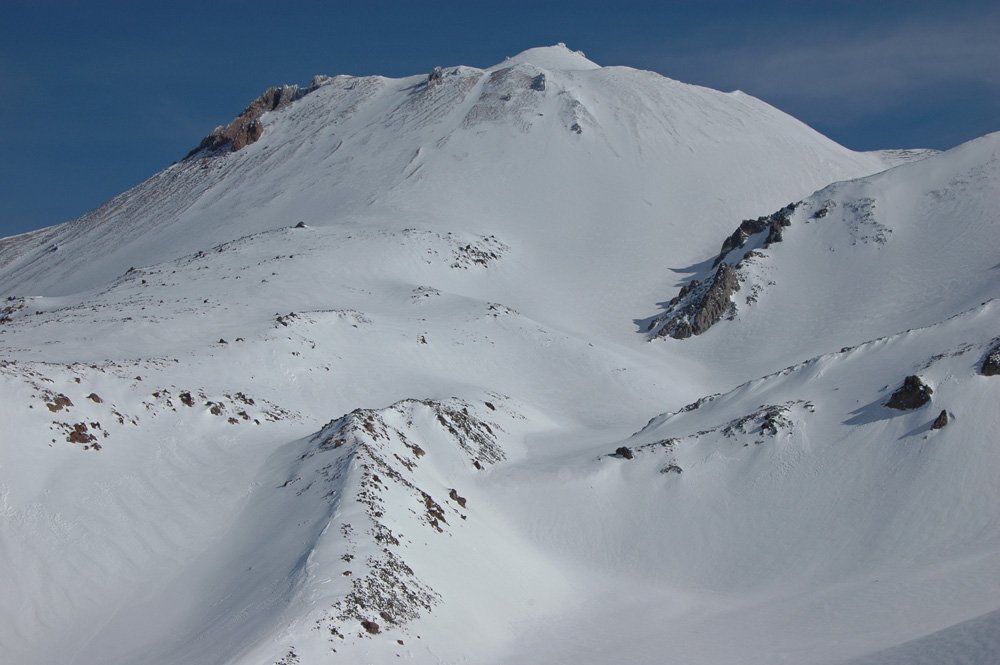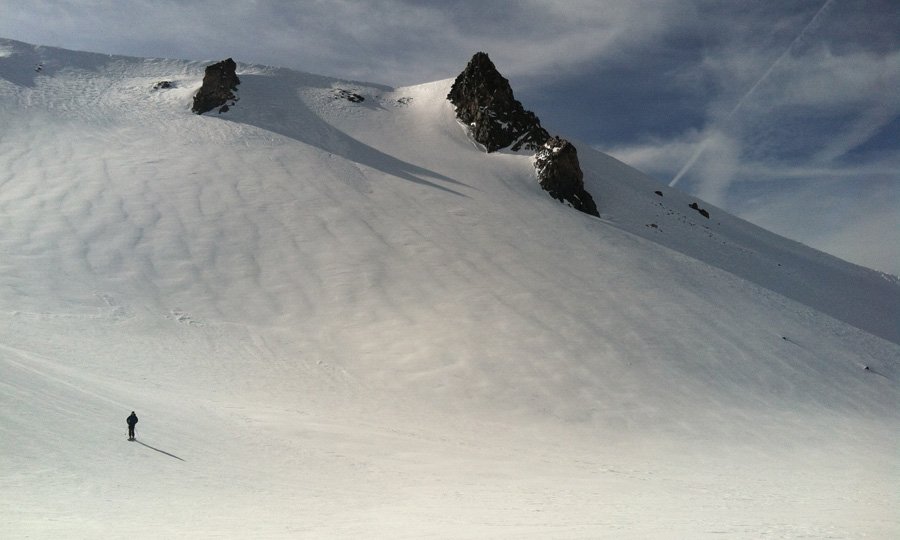Shastina



Shastina; Mt. Shasta’s “little” sister. Sitting high at 12,330′ there really is nothing diminutive about it, ranked as the third highest Cascade summit. However, perched as a satellite cone on Mt. Shasta’s western flank this volcano sees little of the attention it deserves.
A long-time favorite climb, it is an especially enjoyable ascent in the Spring when it’s smooth slopes make for a sublime ski descent. Each aspect provides interesting and exciting pitches for the ski mountaineer.
The climb from Bunny Flat ascends 5,400′ over 4 1/2 miles, a respectable day trip. The route requires several transitions which keeps it always interesting. We started skinning and switched to ski crampons to climb Anaconda Gulch to the plateau, we then removed skins and skied/traversed the steep slope into Hidden Valley, then back to skinning up lower Cascade Gulch before switching to climbing with skis on packs and crampons on our boots up the Lightening Bolt Couloir.
The final summit cone was typical shallow snow and sastrugi until we found one of the two summit registers.
From this perspective you can see some of what makes Shastina so unique. Clarence King Lake, within the crater rim (11,755 feet) and a small unnamed lake south of the summit plug (11,980 feet) are the highest visible lakes in the Cascade Volcanic Range. Exploring the 1/2 mile diameter crater rim is also an interesting feature and makes for a fun hike or ski to circumnavigate.
The summit gives the ski mountaineer a worthy descent down each aspect. The western flank is deeply scarred from a major pyroclastic eruption which created Diller Canyon, a 7,000′ 4.5 mile drop, the largest such canyon in the Cascades and notable ski descent. The north side’s immense open face is a natural attraction as seen from the valley below and the south east slopes offer up early season corn and a fun roller coaster ride down Cascade Gulch. No matter how you choose to explore Shastina you will most certainly find empty slopes and inspiring, raw natural beauty.
